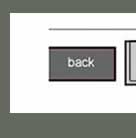 |
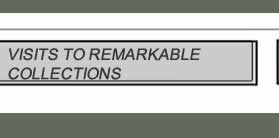 |
 |
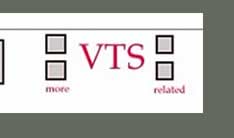 |
|||||||||
 |
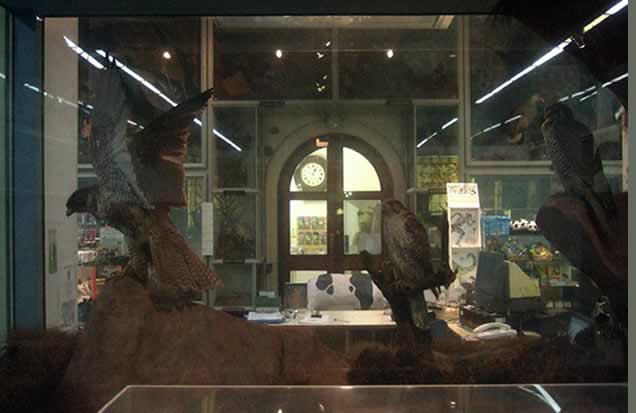 |
 |
||||||||||
 |
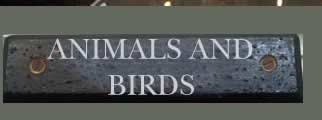 |
 |
||||||||||
 |
 |
|||||||||||
 |
||||||||||||
 |
||||||||||||
 |
||||||||||||
 |
||||||||||||
 |
 |
|||||||||||
 |
||||||||||||
 |
||||||||||||
 |
||||||||||||
 |
 |
|||||||||||
 |
||||||||||||
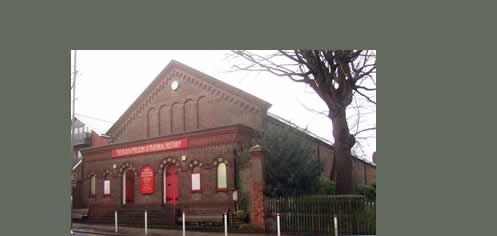 |
 |
|||||||||||
 |
||||||||||||
 |
||||||||||||
 |
||||||||||||
As a teacher of illustrators I would warmly recommend students to go regularly to the Booth Museum of Natural History. The Museum staff were unfailingly friendly and eager to help. Exhibits in cases could be borrowed for drawing in the studio, a fine asset that produced much excellent work. The Museum itself was a living breathing entity with an atmosphere, indeed a smell, very much all of its own. One Sunday afternoon Oriole and I walked up to renew acquaintance. I felt ashamed I hadn't visited in over a decade. These photographs were taken that cold wet afternoon. We sensed again the mystery, the theatricality of the place, the delight of parents showing their kids the richness of the collection. Thanks to Dave C and Dave H who talked to us and showed us around, helping us understand this lively and imaginative local resource in its cultural context. The Museum is remarkable on several counts: the range of the displays, the lighting and heating of the building and, not least, the visual possibilities of the reflective surfaces, seeing yourself and others reflected back from within the patterns of glass. The exhibits play one against the other in a kaleidoscopic way. In recent attitudes there is an over emphasis on seeing the exhibits as if they were not within a museum case. Artists such as Tissot and Degas saw the sculptural possibilities of museum cases in the human drama that unfolds in the Museum spaces (see also Brian De Palma's Dressed to Kill). The Booth Museum is one giant Joseph Cornell set piece. I make no apologies here for my photographs thatshow the reflections and highlights that distract but also try to show that they also add to the narrative layers. |